The most common envelope generator has four stages: attack, decay, sustain, and release (ADSR).
- The attack is the time taken for the initial run-up of level from nil to peak, beginning when the key is pressed.
- Decay is the time taken for the subsequent run down from the attack level to the designated sustain level.
- Sustain is the level during the main sequence of the sound’s duration until the key is released.
- The release is the time taken to decay from the sustain level to zero after the key is released.
While attack, decay, and release refer to time, sustain refers to level.
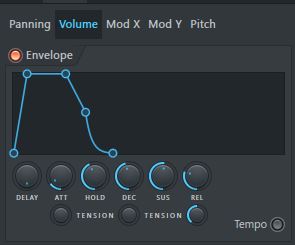
Here we have a simple view of a sample, perhaps in the sampler of the instrument you put in perhaps .mp3 or .wav file that you drag from your folder of files onto the sequence editor. There you might find in the volume ADSR button this kind of envelope. You will have to use this for certain sounds, and sometimes envelopes do create a better understanding of the sound that is produced in other meanings transformed into the play of the ADSR volume heights,
.
Tip: Often, you drag sounds from the file folder, and you realize they are not sounding as they did by playing the file in the file folder. Therefore you need to know that the level is 80% by dragging the sample onto the playlist or step sequencer. This due to, in fact, you need to set the level back to 50%. So this will sound as same beautiful as it did when you just played the sound in the folder.
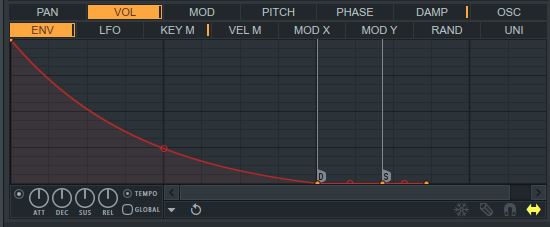
Still, this above envelope also is used with Sytrus and suits well for certain patterns in the Sytrus instrument that surely can also be edited into pitch envelopes. Pitch envelopes are different, but they can be made as far as possible using the middle handler specifics.
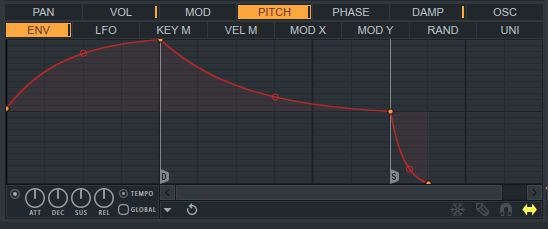
But often, pitch envelopes have just one single attack and decay. Which is how high in volume at hit the sound plays, and at the end, it ends on the decay. But in pitch patterns, these are often the all-needed envelopes. You might want to remove the handler that ends at S, removing the release potential that might be a sound that continues when your release the note or button of sound.
So perhaps we have another fact about using the above one; often, the hold is the sustain used to hold the sound as long as possible at a certain level.
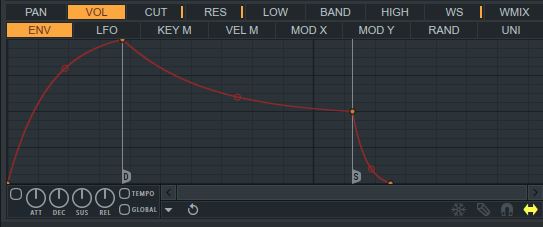
There are different ways to do envelopes, and if your envelope is standard set with Sytrus, your sound will have a small amount of level when you hit the play button on the sound. Remember to enable the envelope when using it with the near square like button left bottom on the envelope handler.
There aren’t much that needs to be explained about envelopes, as they suit well for finding the right temperament about certain sound. Sometimes the edition of envelopes suit powerfully for 808 drums or perhaps kicks. Look below for another tutorial but how to make the short decay kicks:
Remember, the best project you ever work on will be yourself!

Enjoy!

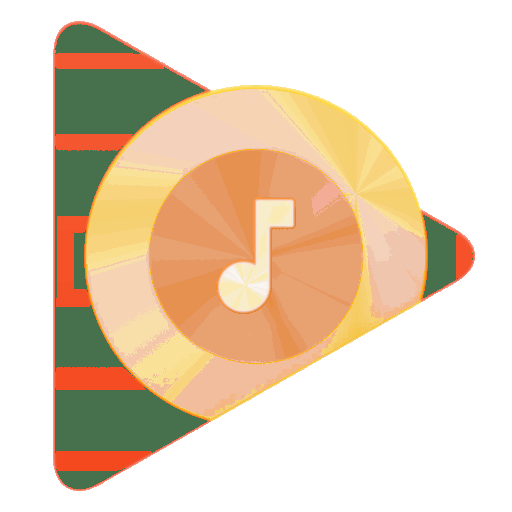
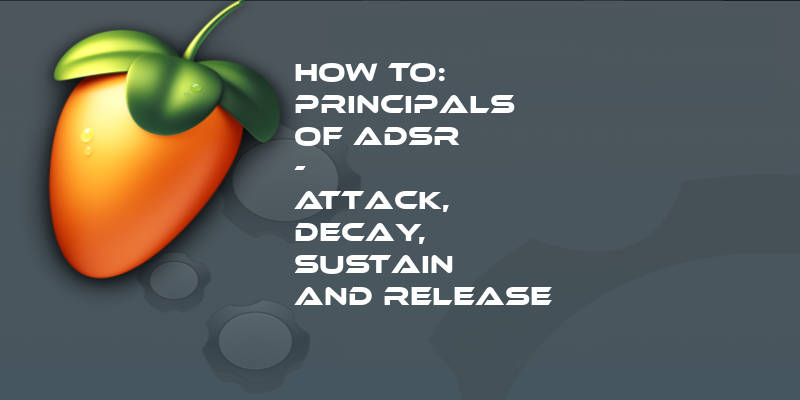
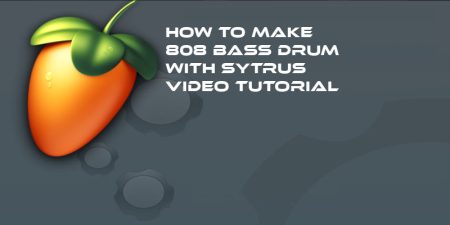
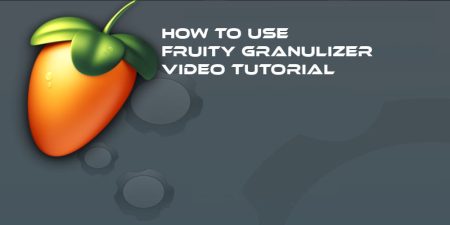
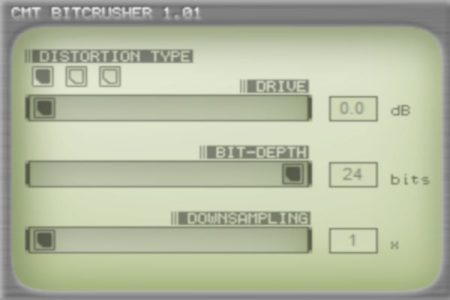
8 Comments
You are an great writer! I just bookmarked your site.
Well I really enjoyed reading it. This post procured by you is very constructive for proper planning.
I was really happy to discover this site. I wished to thanks for your time for this remarkable read!! I absolutely delighting in every little of it and I have you bookmarked to have a look at new things you article.
There’s certainly a great deal to learn about this issue. I really like all of the points you have made.
It’s awesome for me to have a web site, which is helpful for my experience. thanks admin.
Wow, this post is nice, my co-producer is analyzing these things, thus I am going to inform him.
I do accept as true with all the ideas you’ve introduced for your post. They are really convincing and will definitely work.
Thank you for the post.
Hi, the whole thing is going fine here and of course, everyone is sharing data, that’s really fine, keep up writing.